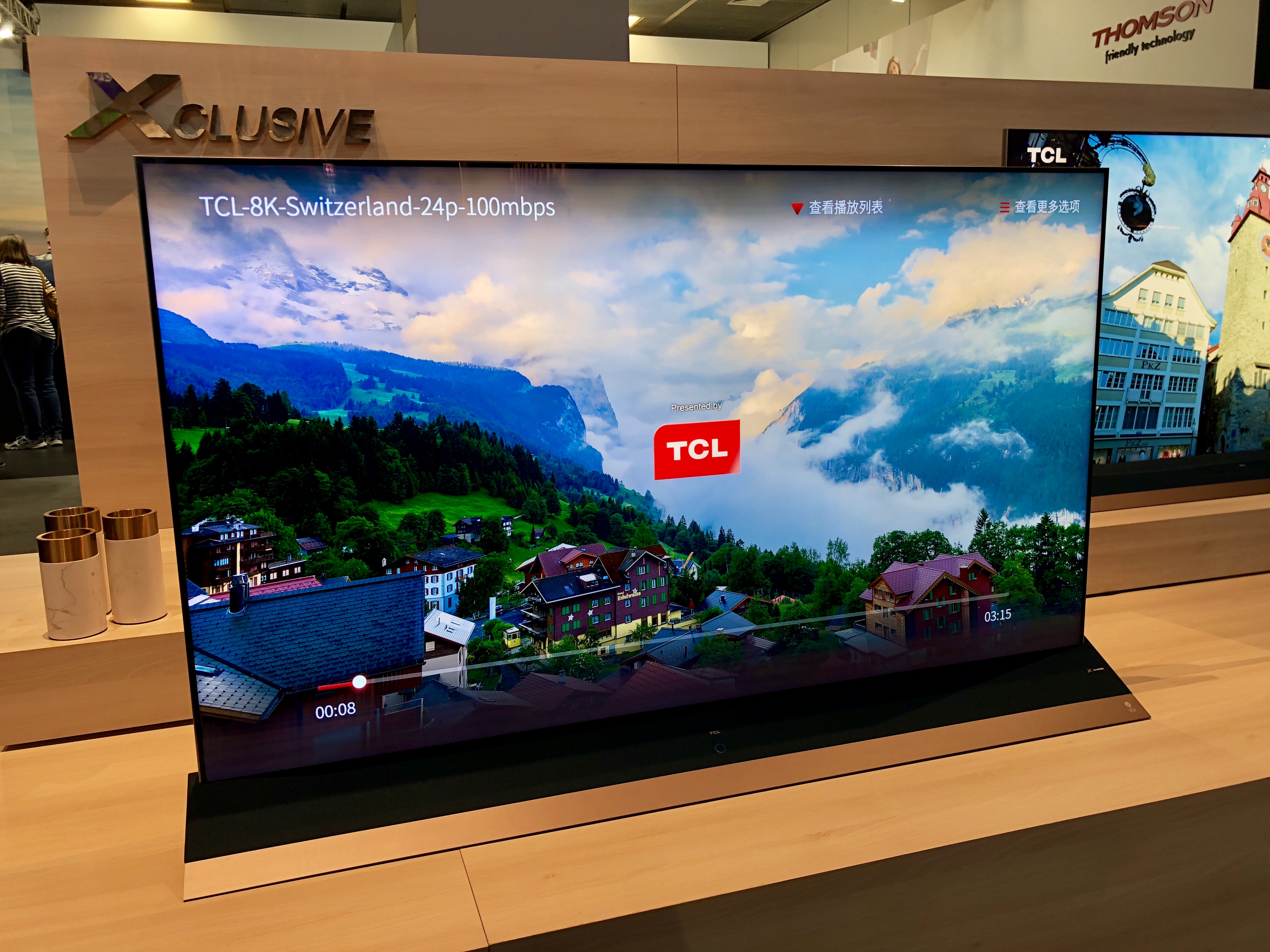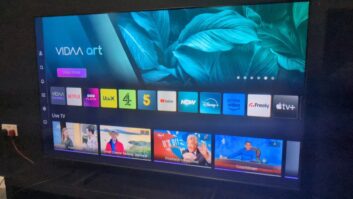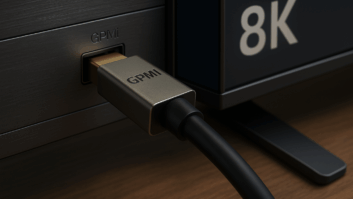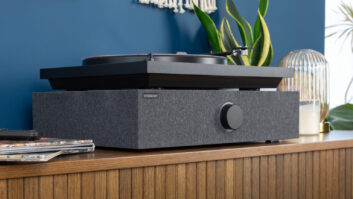
Just as the UHD/4K TV set market heats up, a research firm is predicting that the next wave — 8K — is not far behind.
With the debut of 8K TVs now making their way to the market by the end of 2018, business information provider IHS Markit says it expects less than 20,000 sets to be shipped globally by the end of this year, with more than 430,000 sets sold in 2019, eventually approaching 2 million units by 2020. The growth will be centered around sets 60-inches are larger, with 65 inch TVs accounting for more than half of the volume.
For the burgeoning 4K market, IHS says more than half of the 226 million TVs expected to ship in 2019 will be UHD TV models. Global shipments of 4K/UHDTVs are expected to to grow 3.6 percent year over year in 2018, with additional 1.4 percent growth in 2019.
See also: 8K TVs Coming From Samsung, LG & TCL
“Growth in the TV market typically is the result of more attractive retail prices for large-screen sizes and the continued commoditization of 4K resolution, driving TV replacements and upgrades,” said Paul Gagnon, research and analysis executive director, IHS Markit. “However, this growth through price compression has a negative effect on profits, so TV brands are actively looking for more growth from advanced TV models to improve earnings.”
Technologies like 8K, organic light-emitting diode (OLED) and quantum dot (QD) carry substantial premiums, and even 4K TVs still carry premiums of more than 35 percent at screen sizes where 1080p resolution is still an option, such as 40-inch to 49-inch TVs.
OLED TV is expected to grow more than 40 percent in 2019, rising to 3.6 million units. This growth is in line with previous forecasts, because demand is essentially matching industry production capacity. The size mix still favors 55-inch TVs, based on current prices, but it will transition to mostly 65-inch TVs by 2020, when new production capacity is optimized for larger screen sizes, and when substantial growth is expected in the OLED TV category.
Quantum dot LCD TV shipments are now forecast to exceed 4 million units in 2019, based on more aggressive pricing and the introduction of transitional quantum-dot-equipped LCD TV models. “The high-end prices of non-QD-equipped LCD TV models and the prices of the low end QD-equipped LCD TV models have moved closer together,” Gagnon said. “This extension of the quantum dot LCD TV lineup into more moderate price ranges effectively reduces the quantum dot premium to less than 100 percent at mid-range sizes, opening up the category to a larger addressable market of consumers.”
Although there is very little to no 8K content available, Japan is expected to spur more interest in the high-res format, which has twice the resolution of 4K and 4x the resolution of 1080p HD. In advance of its plans to broadcast the 2020 Summer Games in Tokyo in 8K, public broadcaster NHK announced earlier this year that it plans to launch a channel devoted to 8K by the end of 2018.
Samsung, Sharp and LG are introducing new 8K TV sets to markets beyond its shores. Earlier this month Samsung announced initial shipments of its new 85-inch Q900 QLED television to select retailers. To make up for the lack of 8K content, Samsung has built an AI-based up-scaler, called the Quantum Processor 8K, into the television to produce 8K resolution regardless of the video’s original resolution, the company said.
At CES in January, LG previewed an 88-inch class 8K OLED TV the company called “world’s first OLED 8K TV set.” It uses more than 33 million self-emitting pixels to create its contrast ratio and true blacks produce its picture quality. LG Electronics says it expects OLED TV shipments to double in 2018 and to reach 5 million by 2022.
Sharp began shipping its 8K TV in China, Japan, Taiwan and Europe this year.













